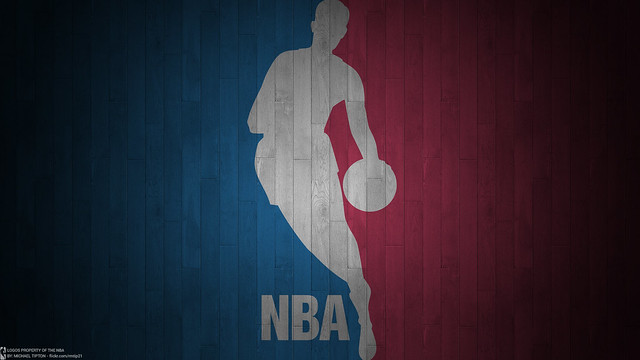| Sarah Robles / Otagenki.com |
“Heading into the Sochi Games, some of the USA’s elite athletes live below the poverty line,” Kelly Whiteside wrote in a 2013 USA TODAY Sports article.
Sarah Robles, an olympic weight lifter, is one of the many Olympic athletes that struggled economically through most of her Olympic training. Her priorities shifted from funding her Olympic journey to supporting her basic needs of food and shelter. The only way she was able to continue her training was through donations made by people close to her, and her motivation for success.
Olympic athletes are faced with the problem of their life after sport. An Olympic athlete dedicates many years of his/her life to training, leaving many without a plan of what to do next. After retiring from a sport, there is a major adjustment to make from practicing everyday, to pursuing a job and not being able to play their sport as much.
“For world-class athletes who have focused their lives on training, their next Olympian task has no direct path: Readjusting to a routine outside competitive sports and creating a new life that may or may not involve the limelight,” Raissa Ioussouf wrote in a 2012 article for the Huffington Post.
Olympians have to find something else to occupy their time with after they retire, since they do not exercise as much. Before their Olympic careers end, Olympians have very busy schedules. In preparation for big competitions such as the Olympics, Olympians commit most of their day to training and leading a healthy life. Aside from just playing their sport, Olympians have a lot of other training to do such as weightlifting and conditioning to stay fit for their season.
“I usually swim, bike and run every day and do strength and conditioning work two or three days a week.” Helen Jenkins, an Olympic triathlete, said in a 2012 Sport Wale article.
Part of what makes Olympians so valuable and admirable is that they do what is hard for many people by going beyond what is thought humans can do. Although what the Olympians achieve is apparent, what is less clear, is the amount of time they spend training for their success and the difficulty it takes to get there.
Written by Asimina Hamakiotes and Harry Smith








